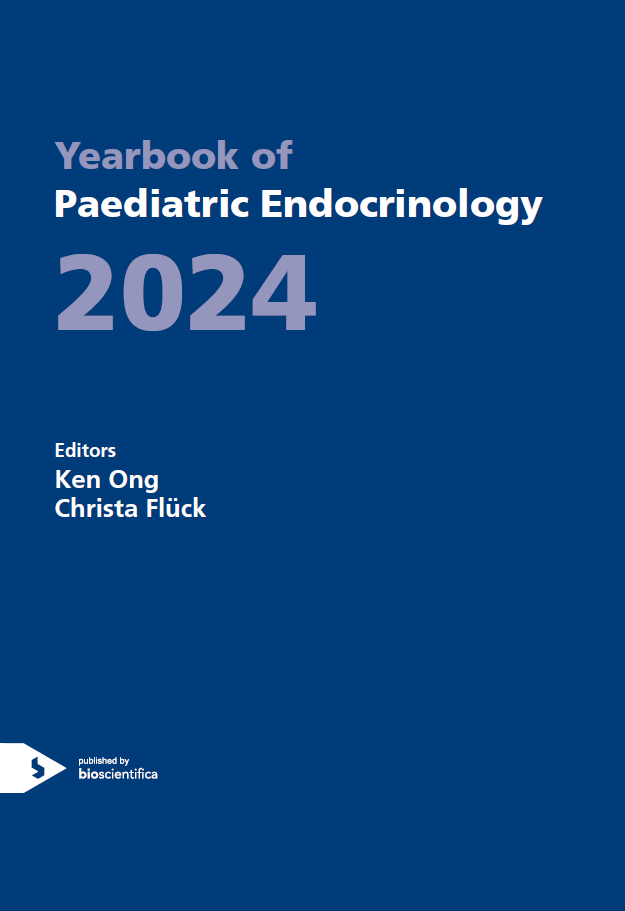14. The Year in Science and Medicine
Risk and Outcome
ey0021.14-10 | Risk and Outcome | ESPEYB21
14.10. Maternal obesity impacts fetal liver androgen signalling in a sex-specific manner
Meakin Ashley S. , Nathanielsz Peter W. , Li Cun , Clifton Vicki L. , Wiese Michael D. , Morrison Janna L.
ey0021.14-11 | Risk and Outcome | ESPEYB21
14.11. Gut bacteria convert glucocorticoids into progestins in the presence of hydrogen gas
McCurry Megan D. , D'Agostino Gabriel D. , Walsh Jasmine T. , Turnbaugh Peter J. , Huh Jun R. , Devlin A. Sloan
ey0021.14-12 | Risk and Outcome | ESPEYB21
14.12. Discriminatory value of steroid hormones on polycystic ovary syndrome and clustering of hyperandrogenism and metabolic factors
Wang Zheng , Van Faassen Martijn , Groen Henk , Cantineau Astrid E.P. , Van Oers Anne , Van der Veen Anna , Hawley James M. , Keevil Brian G. , Kema Ido P. , Hoek Annemieke
ey0021.14-13 | Risk and Outcome | ESPEYB21
14.13. Influence of state-of-the-art laboratory techniques on the phenotyping of women with polycystic ovary syndrome in the clinical setting
Luque-Ramirez M. , Martinez-Garcia M. A. , Insenser M. , Fernandez-Duran E. , Quintero-Tobar A. , Fiers T. , Kaufman J-M. , Garcia-Cano A.M. , Coronado M. Rosillo , Nattero-Chavez L. , Escobar-Morreale H.F.
ey0021.14-14 | Risk and Outcome | ESPEYB21
14.14. Metabolic rewiring promotes anti-inflammatory effects of glucocorticoids
Auger Jean-Philippe , Zimmermann Max , Faas Maria , Stifel Ulrich , Chambers David , Krishnacoumar Brenda , Taudte R. Verena , Grund Charlotte , Erdmann Gitta , Scholtysek Carina , Uderhardt Stefan , Brahim Oumaima Ben , Mate Monica Pascual , Stoll Cornelia , Bottcher Martin , Palumbo-Zerr Katrin , Mangan Matthew S.J. , Dzamukova Maria , Kieler Markus , Hofmann Melanie , Bluml Stephan , Schabbauer Gernot , Mougiakakos Dimitrios , Sonnewald Uwe , Hartmann Fabian , Simon David , Kleyer Arnd , Gruneboom Anika , Finotto Susetta , Latz Eicke , Hofmann Jorg , Schett Georg , Tuckermann Jan , Kronke Gerhard




